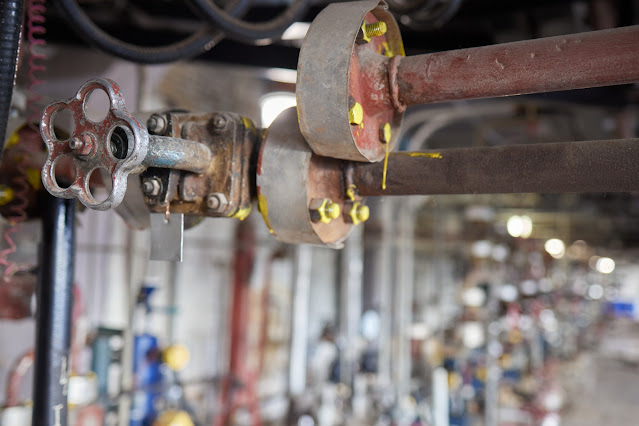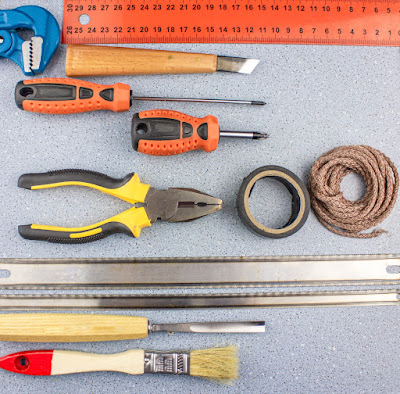The Role of Clamping Solutions in Today's Industry

Due to constantly evolving technology, clamping solutions have become a crucial aspect of various industries. These solutions provide a safe and reliable method of assembling components, from the automotive to aerospace sectors. In this blog post, we will discuss the role of clamping solutions in today's business and how they can help achieve desired results. The most commonly used method of incorporating a machine within a tube is clamping with expansion blades. The device consists of a shaft inserted within the tube, and when the machine is gripped, the expansion blades extend. Once the blades touch the machine, it is clamped into the tube. Although clamps can be simple and inexpensive, a stationery clip may only be suitable for a few joints due to the complexity or thickness of the substrates. Clamping solutions are available in various shapes and sizes, depending on the application. Common examples include toggle clamps, cam clamps, screw clamps, and hose clamps. Jolly Clamps





.jpg)